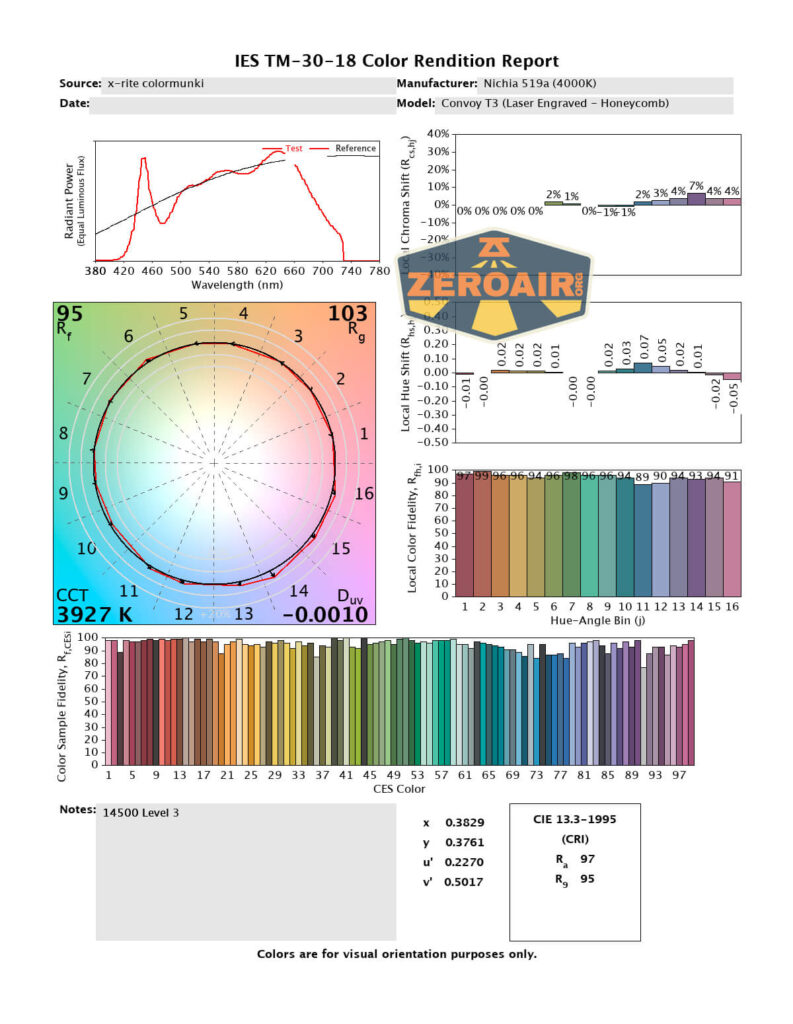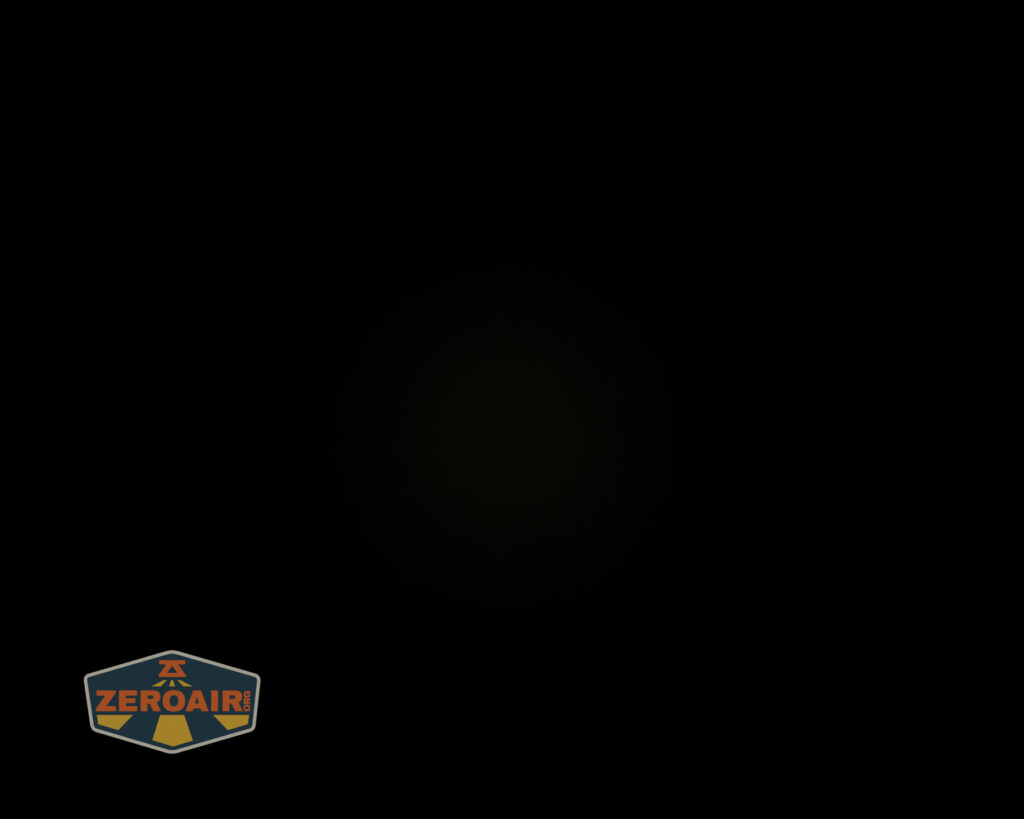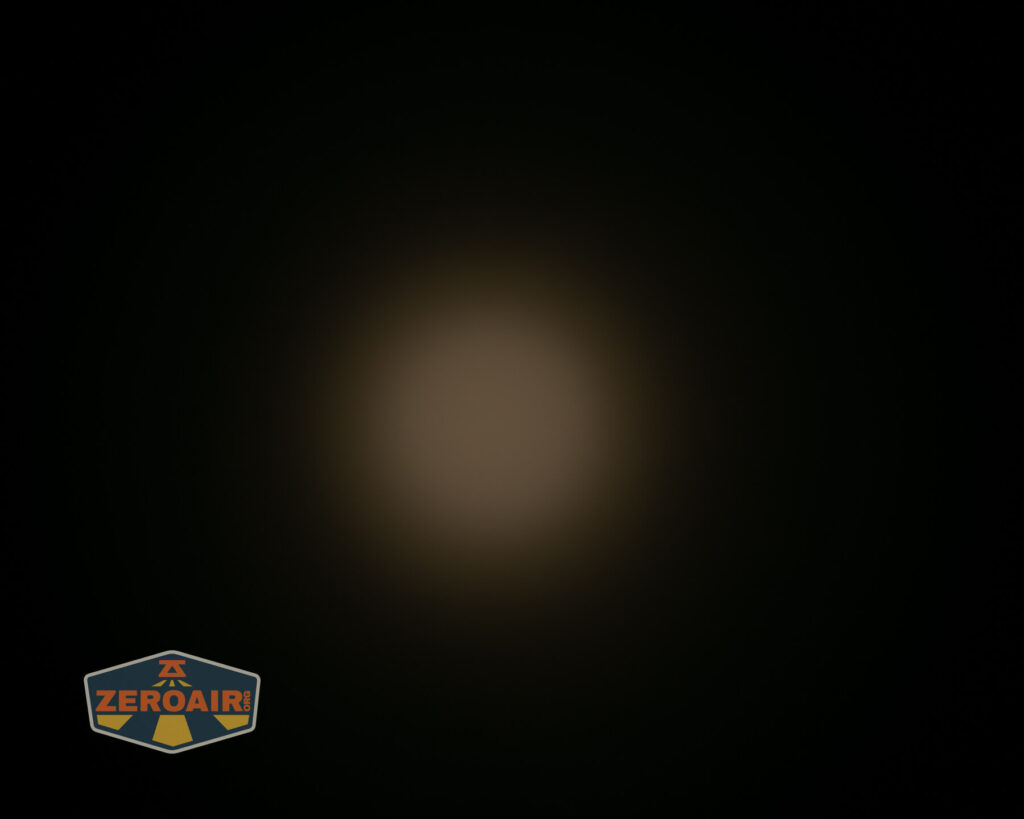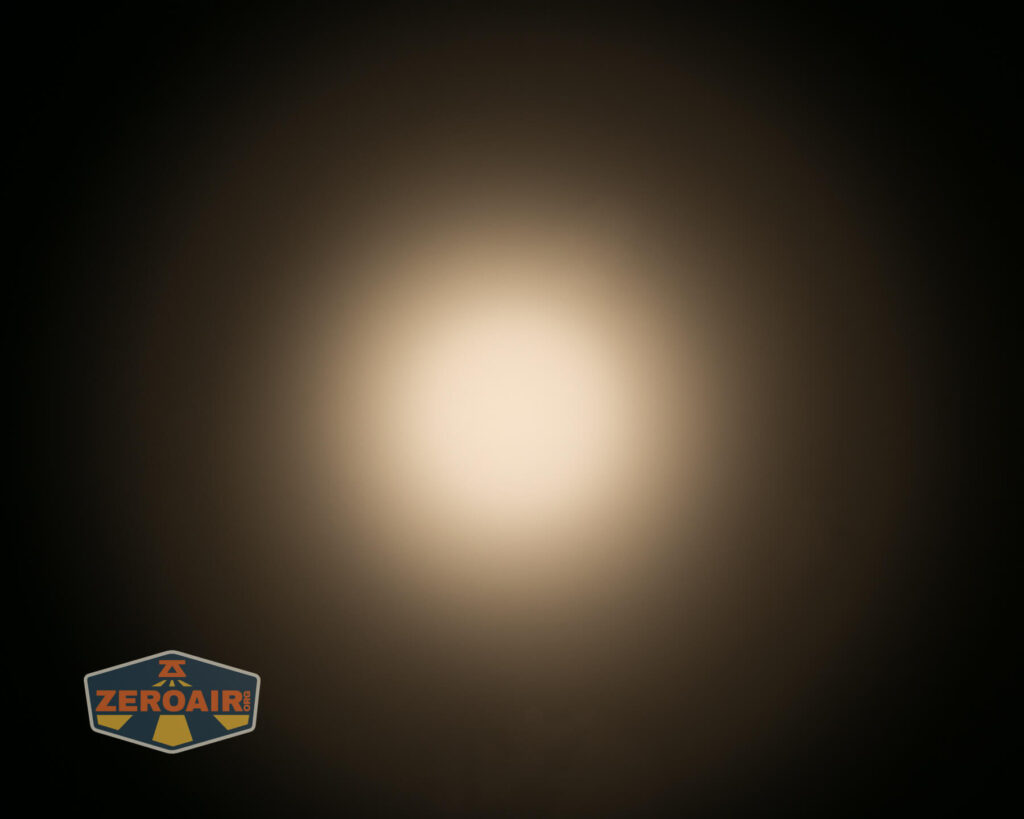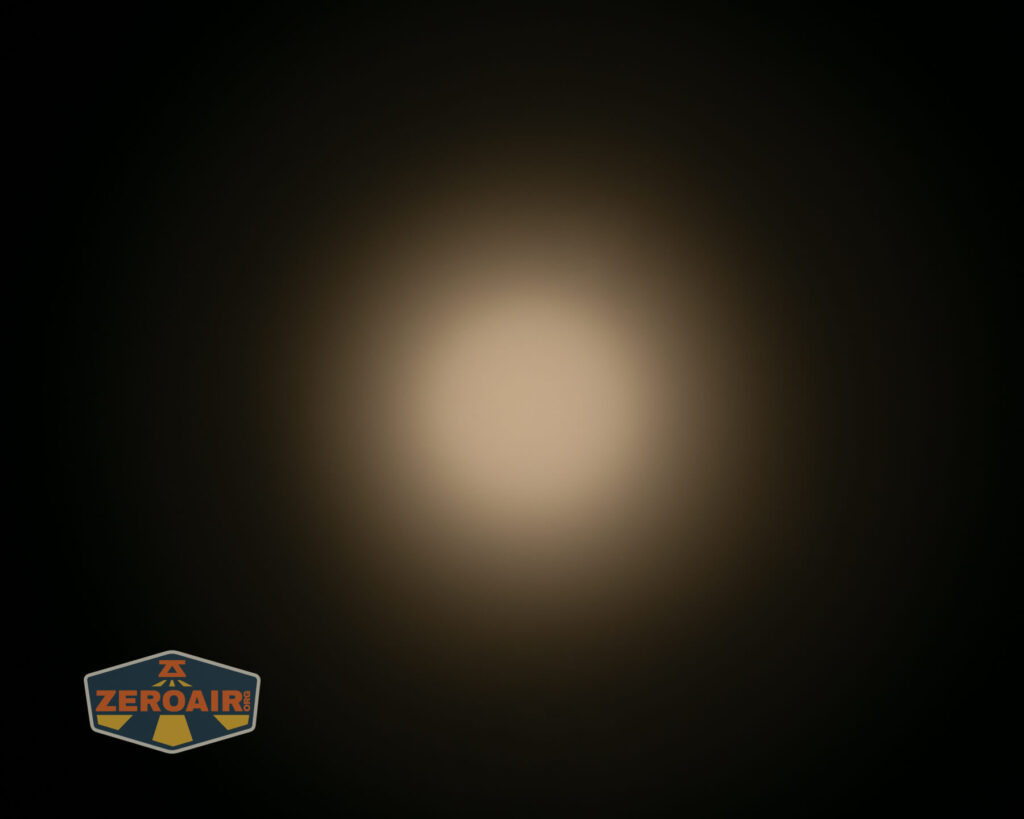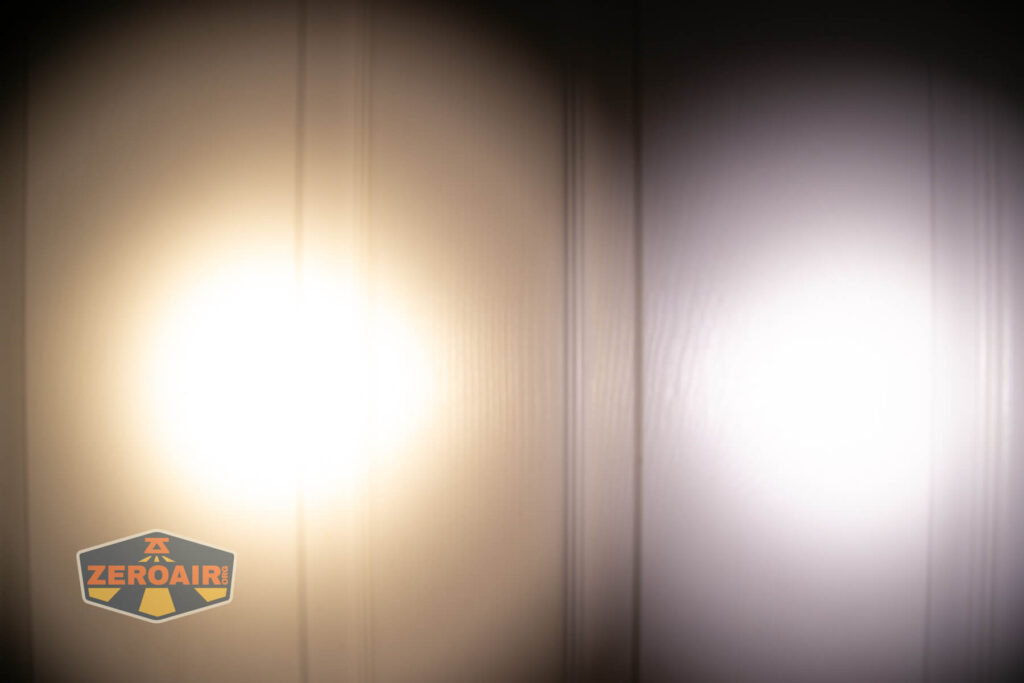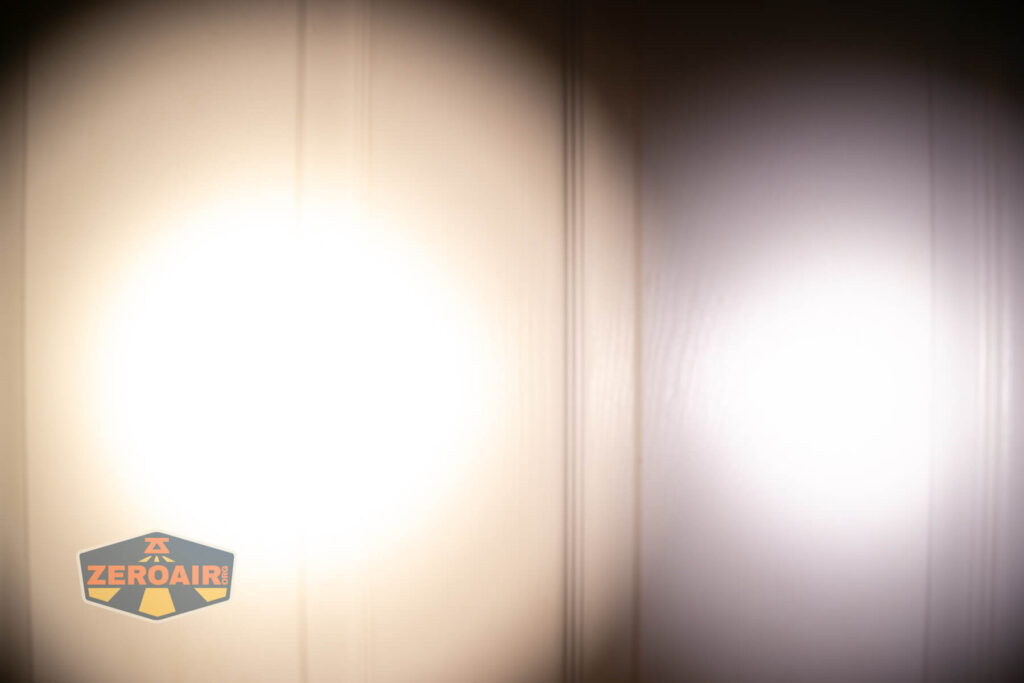Honeycomb Engraved Convoy T3 Flashlight Review
The Honeycomb Engraved Convoy T3 flashlight by GadgetConnections features a laser-engraved pattern. This one uses a Nichia 519a, too! Read on for more!
Official Specs and Features
Here’s a link to the Honeycomb Engraved Convoy T3 product page.
Versions
There are many versions of the T3, including aluminum versions in many colors. There are also many emitter options. Stonewashed and polished titanium are options, too! Among all the emitters, there are different CCTs available, too. There are tons of choices!
GadgetConnections.com specifically lists four body colors: blue, orange (unavailable), red, and purple. They sell only Nichia 519a (which is good, no complaints about that!) and various laser engraved options.
Price
At the time of this writing, these Honeycomb Engraved Convoy T3 flashlights are going for $36.99. I think that’s an introductory price, though, so this might go up. Probably best to get one now!
Short Review
There is plenty to love about the Honeycomb Engraved Convoy T3. Very importantly, the T3 runs on both AA (that is, 1.5V) cells as well as the higher-output-capable lithium-ion 14500 cell. Also the honeycomb laser accents added by GadgetConnections are great! I think this is the best iteration, really.
Long Review
The Big Table
| Honeycomb Engraved Convoy T3 | |
|---|---|
| Emitter: | Nichia 519a |
| Price in USD at publication time: | $36.99 |
| Cell: | 1×14500 |
| Runtime Graphs | |
| LVP? | Yes |
| Switch Type: | Mechanical |
| On-Board Charging? | No |
| Claimed Lumens (lm) | – |
| Measured Lumens (at 30s) | 344 |
| Candela per Lumen | 7.4 |
| Claimed Throw (m) | – |
| Candela (Calculated) in cd (at 30s) | 120lux @ 4.786m = 2749cd |
| Throw (Calculated) (m) | 104.9 |
| Claimed CCT | 4000 |
| Measured CCT Range (K) | 3800-4000 Kelvin |
| Item provided for review by: | Gadget Connections |
| All my Convoy reviews! | |
| Honeycomb Engraved Convoy T3 | |
|---|---|
| Emitter: | Nichia 519a |
| Price in USD at publication time: | $36.99 |
| Cell: | 1xAA |
| Runtime Graphs | |
| LVP? | Yes |
| Switch Type: | Mechanical |
| On-Board Charging? | No |
| Claimed Lumens (lm) | – |
| Measured Lumens (at 30s) | 129 |
| Candela per Lumen | 7.4 |
| Claimed Throw (m) | – |
| Candela (Calculated) in cd (at 30s) | 44lux @ 4.743m = 990cd |
| Throw (Calculated) (m) | 62.9 |
| Claimed CCT | 4000 |
| Measured CCT Range (K) | 3800-3900 Kelvin |
| Item provided for review by: | Gadget Connections |
| All my Convoy reviews! | |
^ Measurement disclaimer: Testing flashlights is my hobby. I use hobbyist-level equipment for testing, including some I made myself. Try not to get buried in the details of manufacturer specifications versus measurements recorded here; A certain amount of difference (say, 10 or 15%) is perfectly reasonable.
What’s Included
I have received a couple of packages from GadgetConnections, and both had various stickers and magnets and even one coaster. I’m not sure exactly what you’ll get, but I would expect at leas tone sticker (the stickers are on the white rectangle, above). I love stickers, so this is great. If anything seen above is specifically important to you, ask when you purchase!
- Honeycomb Engraved Convoy T3 flashlight
- Lanyard
Package and Manual
There is no manual.
Build Quality and Disassembly
Convoy is very highly regarded by flashlight enthusiasts for having great build quality and low prices. This Honeycomb Engraved Convoy T3 is no exception. It’s great! While I don’t think I’ve tested an aluminum T3 before, I have tested the Convoy T3 in titanium. These lights are nearly the same other than being made from different materials and one being lasered.
The side area – the cell tube – also has a grippy nature that’s aggressive in some directions.
I would say in general that this aluminum version probably feels a bit better than the titanium body. The titanium is a bit “sharper” than the aluminum. Also, and of course, the aluminum version lacks the “very titanium” thread feel of the titanium version.
All the parts are very easily accessible, though. If you want to swap the emitter (but why would you!?!), it should be very easy! Because of this, I’d recommend swapping cells via the tail end. Otherwise you might misalign your engraving. It can be lined backup, of course.
The tail has a nice beefy spring.
This cell tube is not reversible.
Size and Comps
21mm (diameter), 96.8mm (length)
Weight: 78g (only flashlight, not include the clip/lanyard/package)
If the flashlight will headstand, I’ll show it here (usually the third photo). If the flashlight will tailstand, I’ll also show that (usually in the fourth photo).
Here’s the test light with the venerable Convoy S2+. The version you see below is an orange Convoy S2+ host that’s been laser engraved by GadgetConnections.com. I did a full post on this light right here! Or just go straight to GadgetConnections.com to buy your Convoy S2+ now!
Also above is the light beside a new standard 18350 light! It’s not one I’ve reviewed yet but this is the CWF Arcadian Peanut in aluminum. This one is stonewashed and has the new Quantum Dragon driver – a whole new product! Stay tuned for a full review of this tiny powerhouse!
Retention and Carry
A pocket clip is included with the aluminum T3. It’s a standard friction-fit clip and really looks like a shrunk down version of the S2+ clip.
It’s a fine clip and can attach on a couple of slots on the cell tube.
The tail end of the Honeycomb Engraved Convoy T3 flashlight has two holes for attaching a lanyard. These holes are in both sides of the tailcap, an unusual feature. A lanyard is included.
Power and Runtime
The Honeycomb Engraved Convoy T3 flashlight uses a single cell. It can run any type cell that fits, too, which is a fantastic feature. That means a 1.5V cell will work (primary or NiMH or whatever) but also supported are 4.2V (or 3.7V nominal) lithium-ion cells!
It’s because of this dual chemistry support and also more (and better?) modes that I think the Convoy T3 driver would be great in a light like the FocusWorks F2. In fact, this T3 driver would be a great default driver for the F2! I recommend it.
The cell goes into the T3 in the normal way – positive end toward the head. I recommend removing the tailcap because if you go the head removal route, you might accidentally loosen the bezel.
Below you can see a number of runtime tests. This is approximately what was observed in the titanium light, but output is sustained much better in the aluminum. That makes sense!
Above, you can see that the Honeycomb Engraved Convoy T3 blinks when the cell voltage of a lithium-ion cell gets low. Below, using a NiMH, the light does not blink. It does shut off in either case though, so that’s fine.


Modes and Currents
14500:
| Mode | Mode Claimed Output (lm) | Claimed Runtime | Measured Lumens | Tailcap Amps |
|---|---|---|---|---|
| 100% | 100% | – | 344 | 1.16 |
| 30% | 30% | – | 138 | 0.36 |
| 10% | 10% | – | 42 | 0.10 |
| 1% | 1% | – | 4.1 | [low] |
AA (1.5V)
| Mode | Mode Claimed Output (lm) | Claimed Runtime | Measured Lumens | Tailcap Amps |
|---|---|---|---|---|
| 100% | 100% | – | 129 | 1.50 |
| 30% | 30% | – | 45 | 0.41 |
| 10% | 10% | – | 13 | 0.12 |
| 1% | 1% | – | 1 | [low] |
Pulse Width Modulation
Surprisingly, and pleasantly, none of the output levels have PWM! As seen in the two tables above, the order is first 14500 (4, low to high), then AA (4, low to high). This order will be repeated below, too.
For reference, here’s a baseline shot, with all the room lights off and almost nothing hitting the sensor. Also, here’s the light with the worst PWM I could find. I’m adding multiple timescales, so it’ll be easier to compare to the test light. Unfortunately, the PWM on this light is so bad that it doesn’t even work with my normal scale, which is 50 microseconds (50us). 10ms. 5ms. 2ms. 1ms. 0.5ms. 0.2ms. In a display faster than 0.2ms or so, the on/off cycle is more than one screen, so it’d just (very incorrectly) look like a flat line. I wrote more about this Ultrafire WF-602C flashlight and explained a little about PWM too.
User Interface and Operation
There’s a single switch on the Honeycomb Engraved Convoy T3 flashlight. This is a reverse mechanical clicky. A reverse clicky has the benefit of allowing mode changes while the light is on. But this also means that the switch does nothing until it is on – no momentary action whatsoever.
This is one difference that the aluminum version has from the titanium version. This Honeycomb Engraved Convoy T3 has a rubber-cover switch, while the titanium version has a metal switch cover!
This driver is known as “Biscotti” and has a bunch of mode groups. Actually, this is reportedly not true Biscotti – that’s why I call it “Fauxcotti.” It’s nearly the same though. Mode memory can be turned on or off (yay!), and programming is easy! But there are simply too many possibilities for me to list the UI in a table as I usually do. Here is Simon’s flow chart for the UI.
Here’s the official guide for the Biscotti firmware:
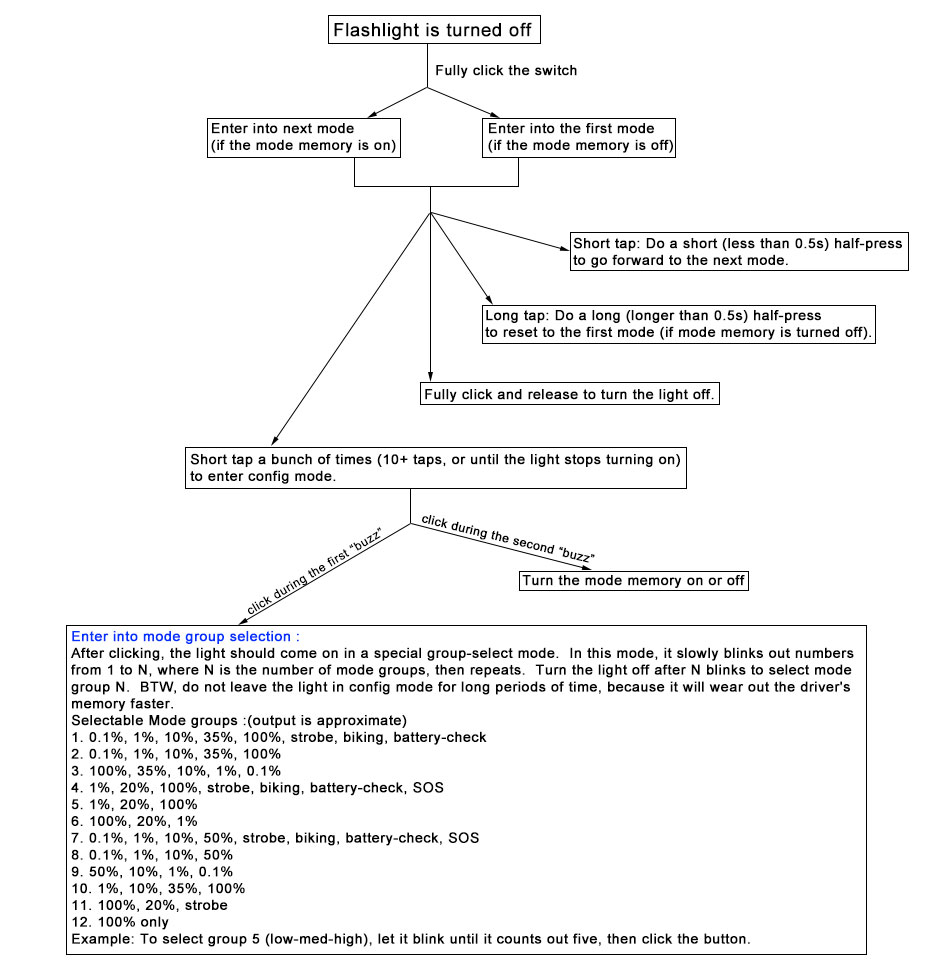
LED and Beam
The Honeycomb Engraved Convoy T3 flashlight has one Nichia 519a emitter. That emitter is all the rage lately, and if you continue reading I think you’ll see why. But the summary is that it has great output with great CCT and great CRI – it’s just a great emitter.
That little green gasket you see under the lens is a glow gasket!
LED Color Report (CRI and CCT)
Without even zooming in or clicking those images below you should be able to get a good idea – look at the circles, to start with. See how nearly the red circle matches the black circle? The black circle is essentially “perfect.” That means that the Nichia 519a is “nearly perfect” – in fact, it’s practically as perfect as we can get in a flashlight. Now translate that into CRI – the CRI is above 96 in every output level. At the lower levels (when not being driven very hard) the CRI is hitting 97!
Beamshots
These beamshots are always with the following settings: f8, ISO100, 0.3s shutter, and manual 5000K exposure.
Tint vs BLF-348 (KillzoneFlashlights.com 219b version) (affiliate link)
I keep the test flashlight on the left, and the BLF-348 reference flashlight on the right.
I compare everything to the KillzoneFlashlights.com 219b BLF-348 because it’s inexpensive and has the best tint!
Conclusion
What I like
- Very good light to get a Nichia 519A in.
- Great way to get this new Nichia 519A emitter in the CCT of your choice.
- Dual-chemistry support (NiMH and lithium-ion both work)
- It’s engraved!
- Many mode options
- Memory can be turned off
What I don’t like
- Really no downsides to this one!
Notes
- This content originally appeared at zeroair.org. Please visit there for the best experience!
- For flashlight-related patches, stickers, and gear, head over to PhotonPhreaks.com!
- Please use my amazon.com referral link to help support zeroair.org!
- Please support me on Patreon! I deeply appreciate your support!


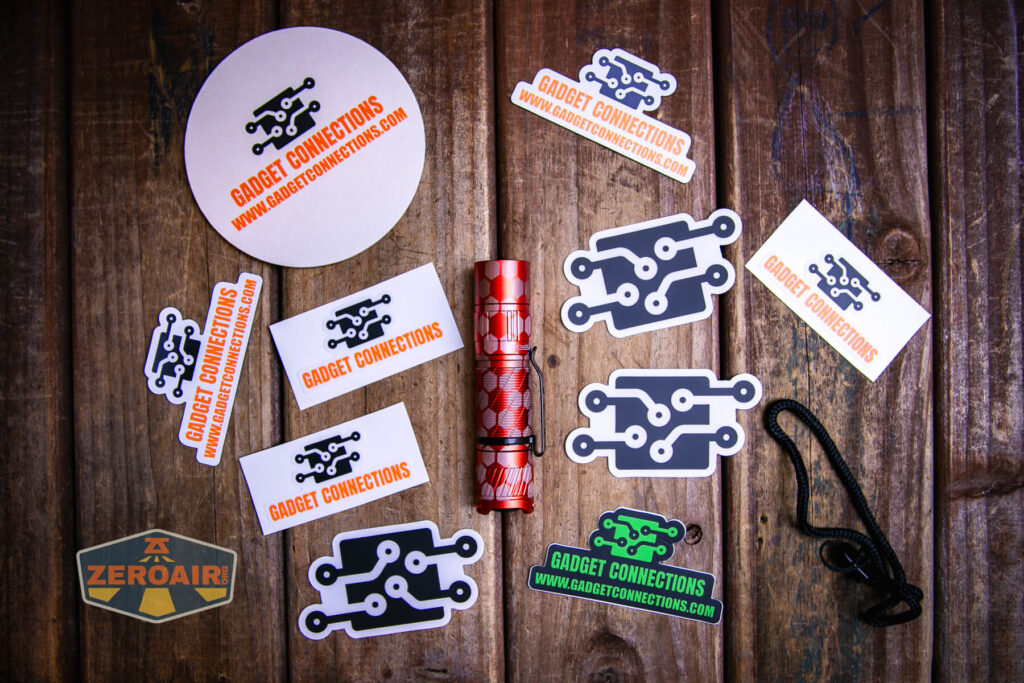


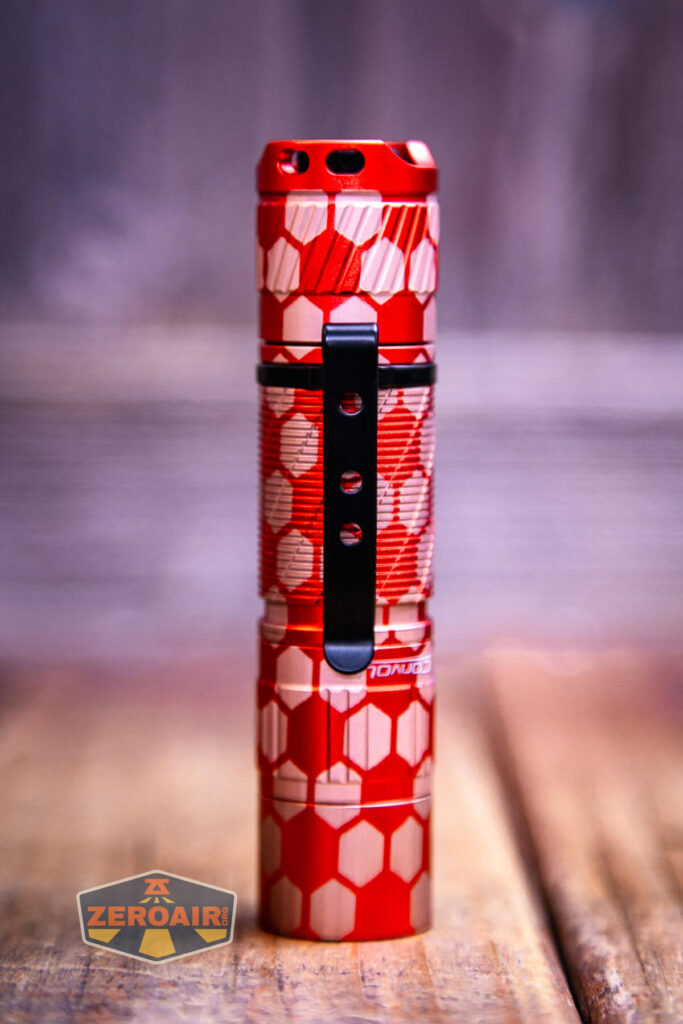
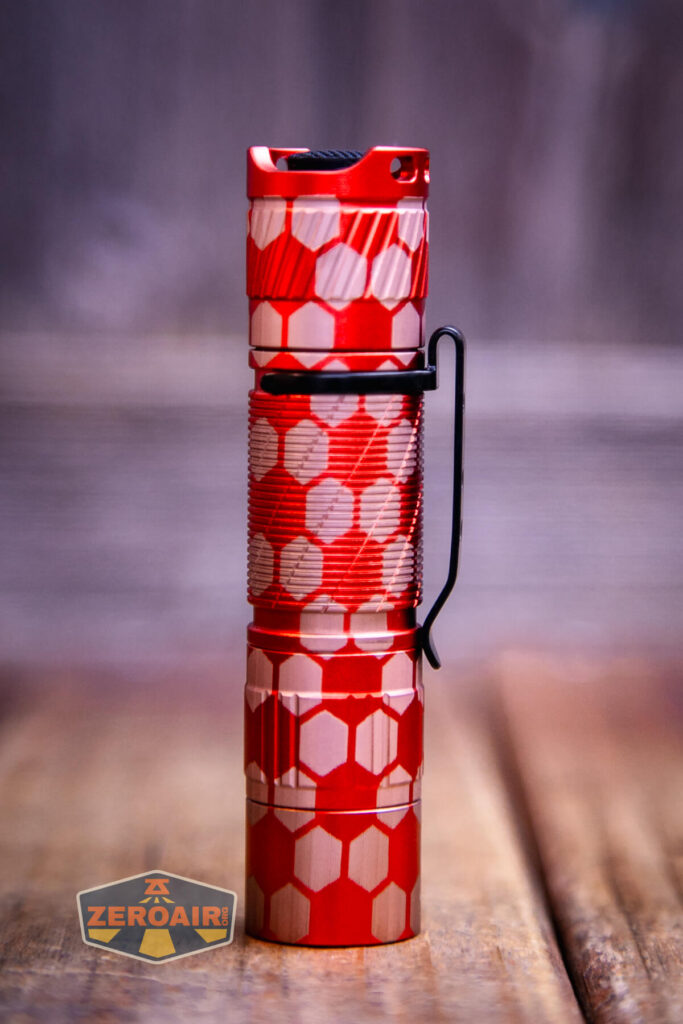











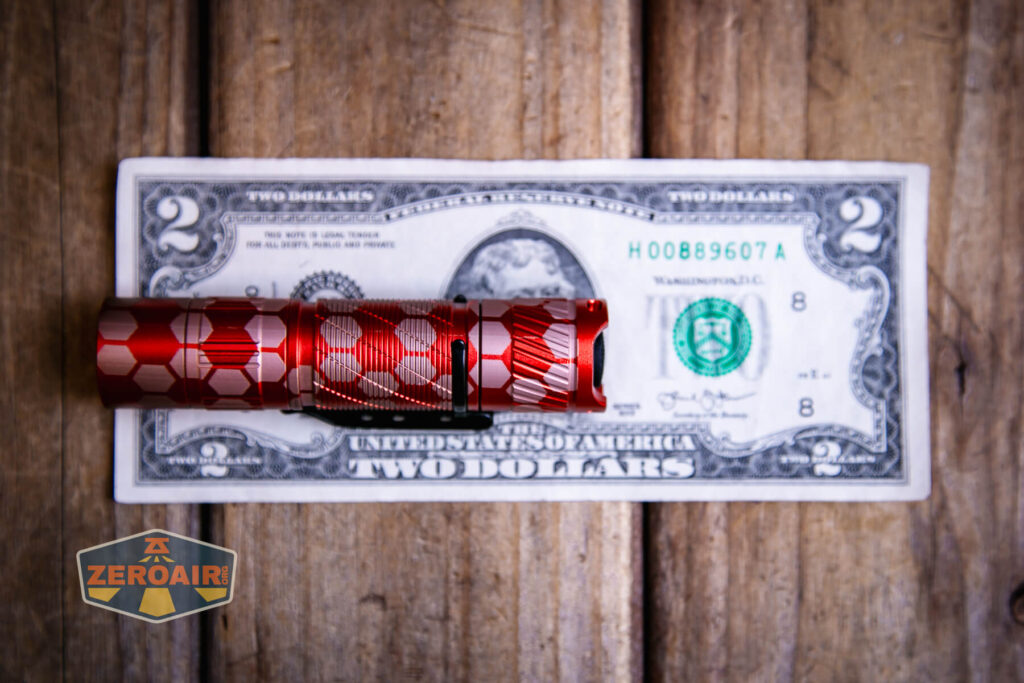


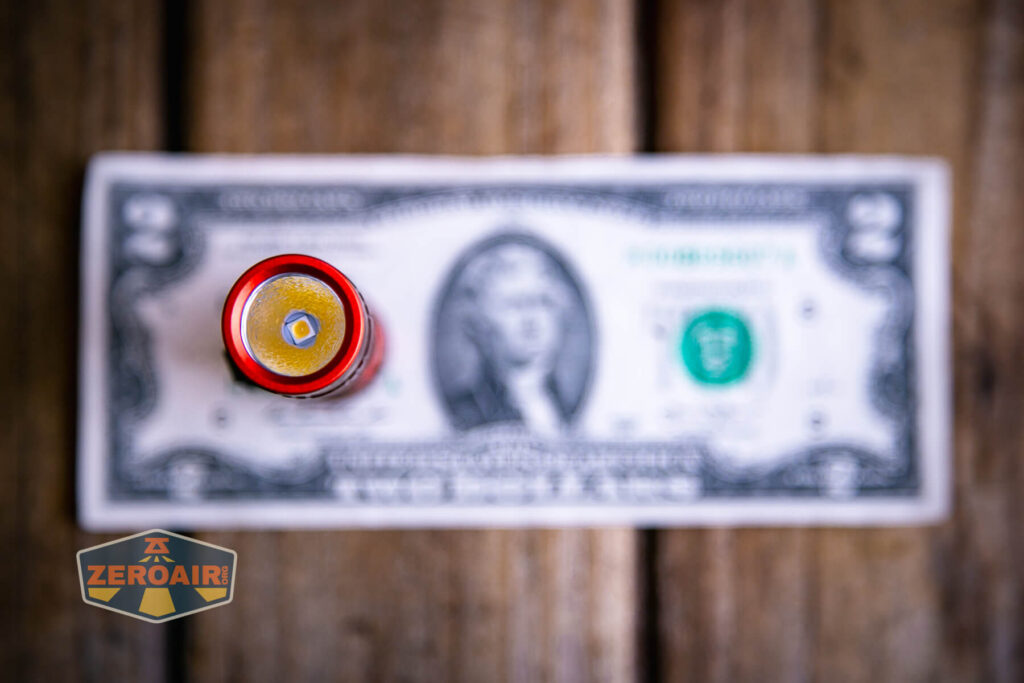

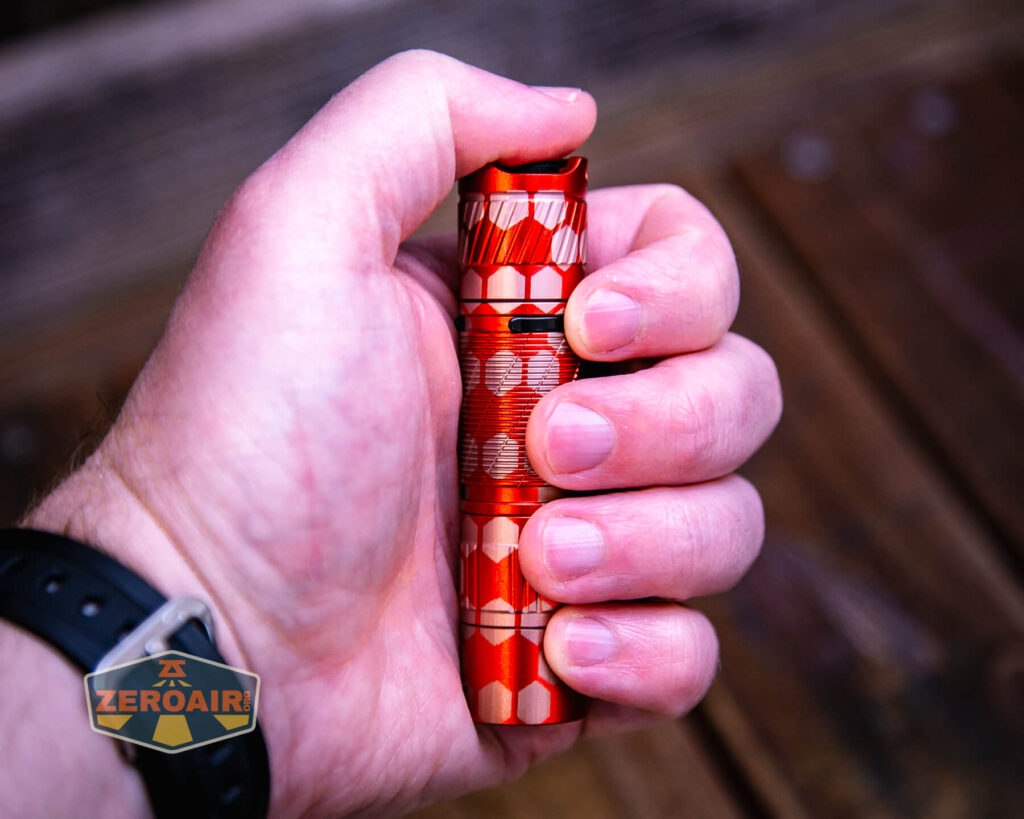

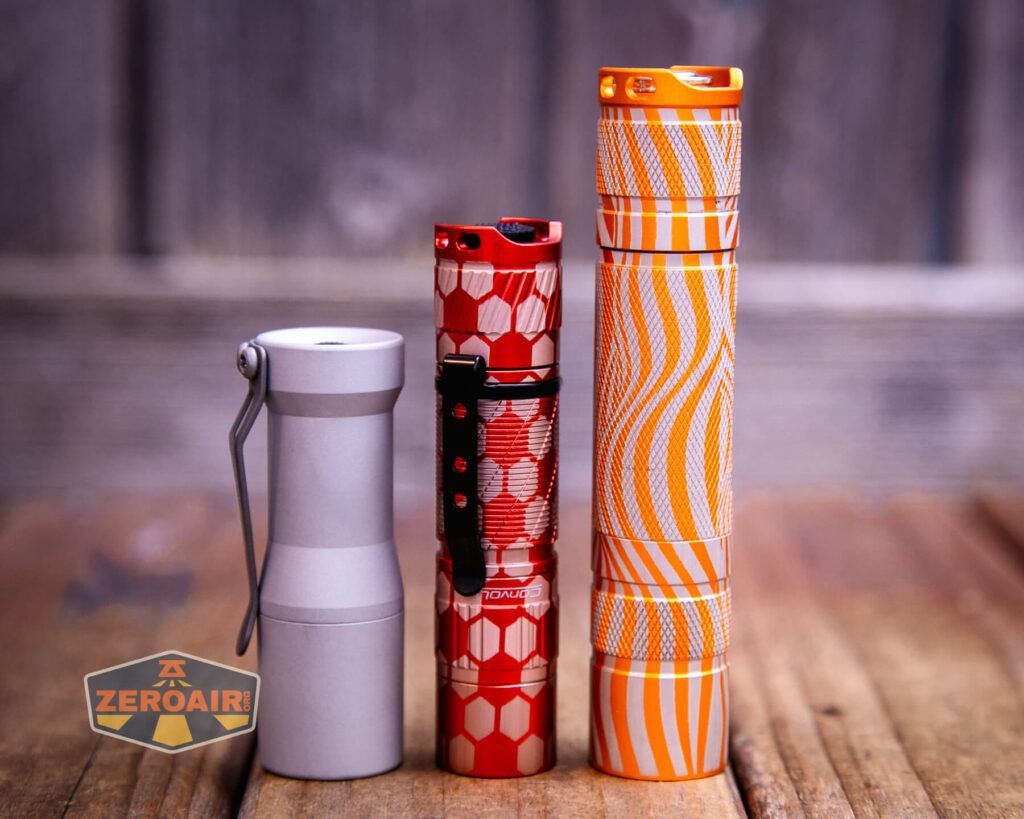

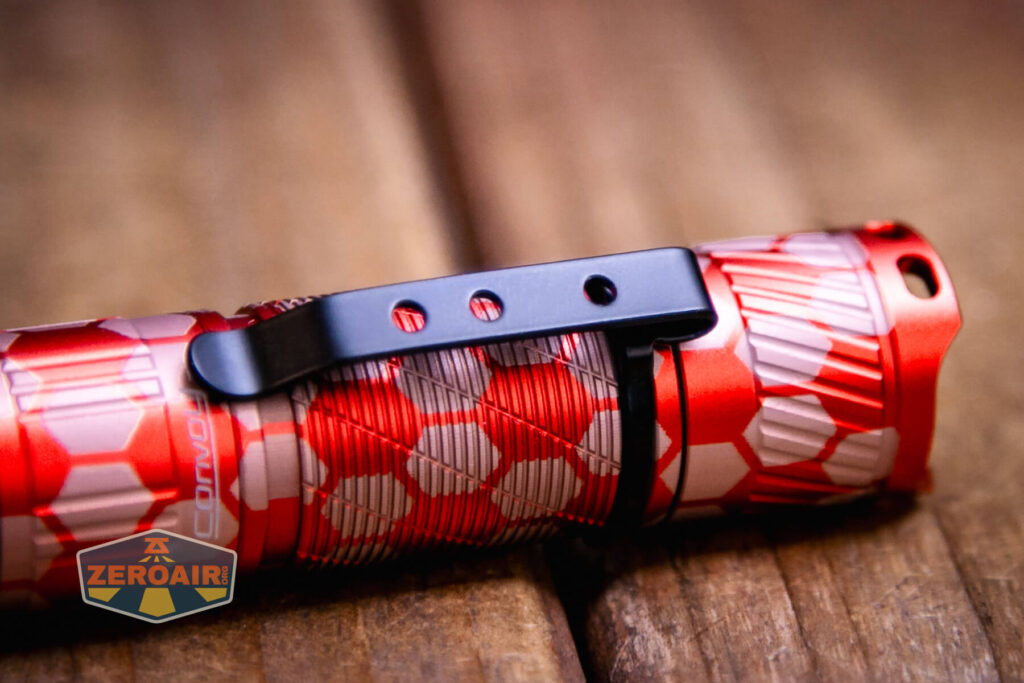
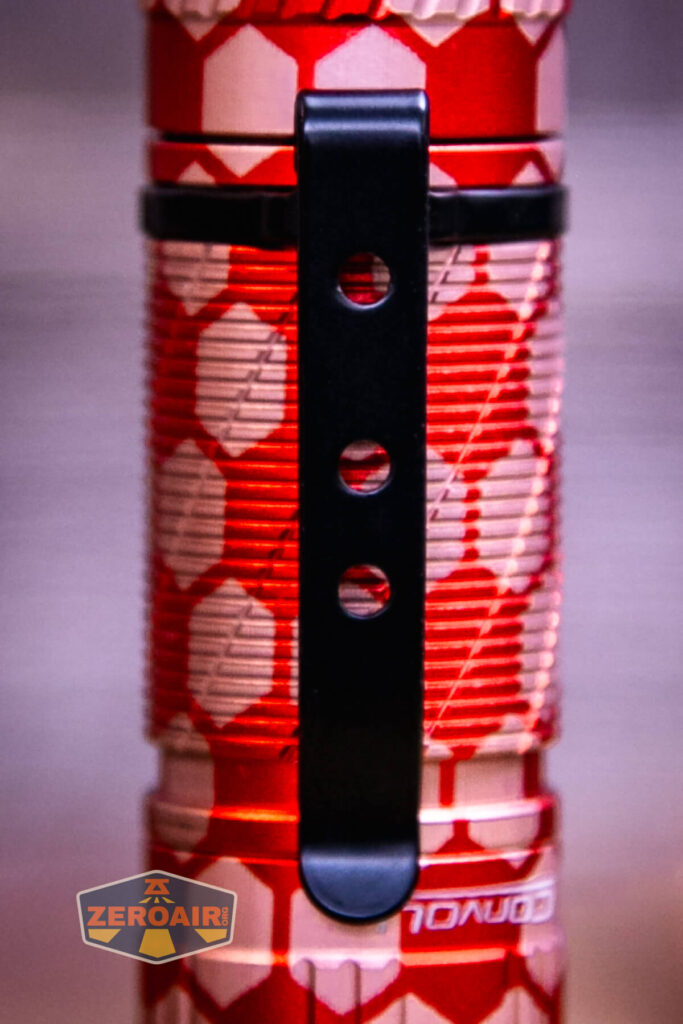
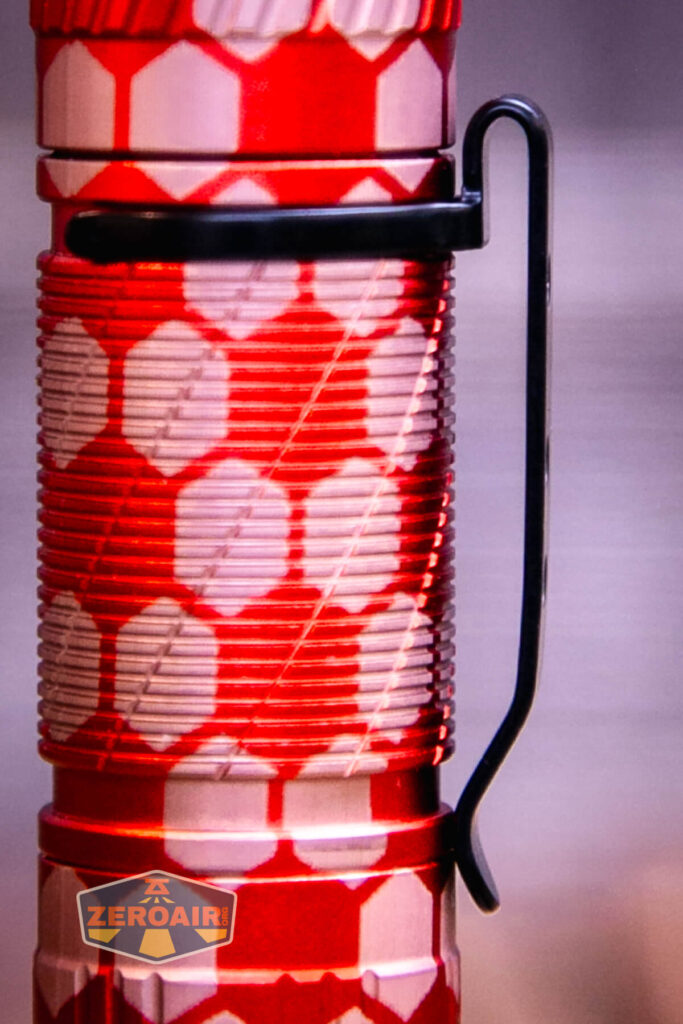
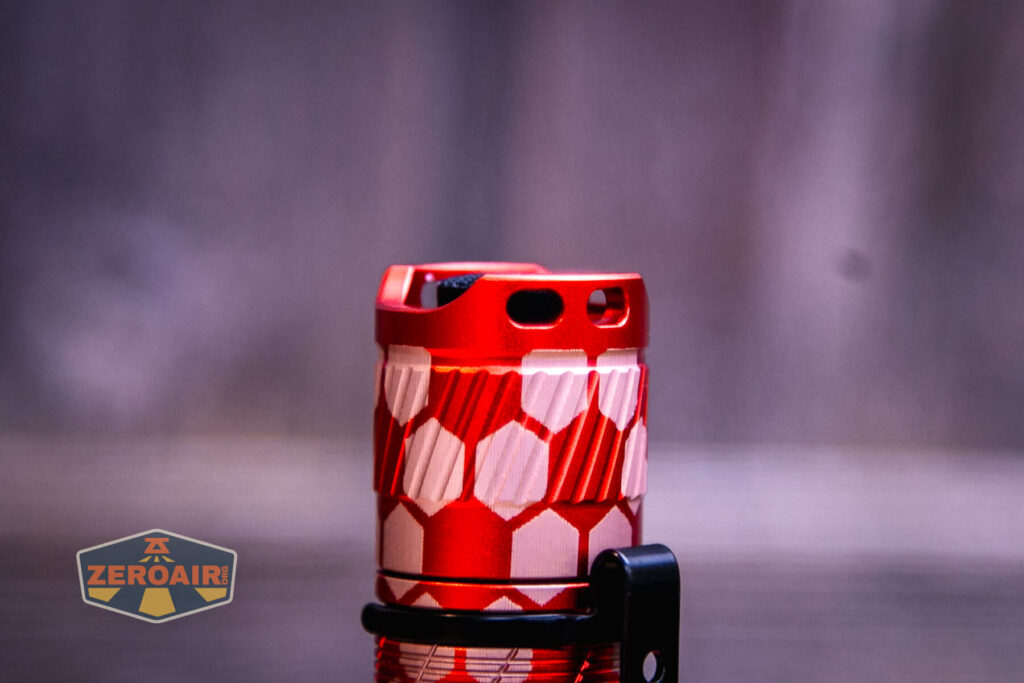

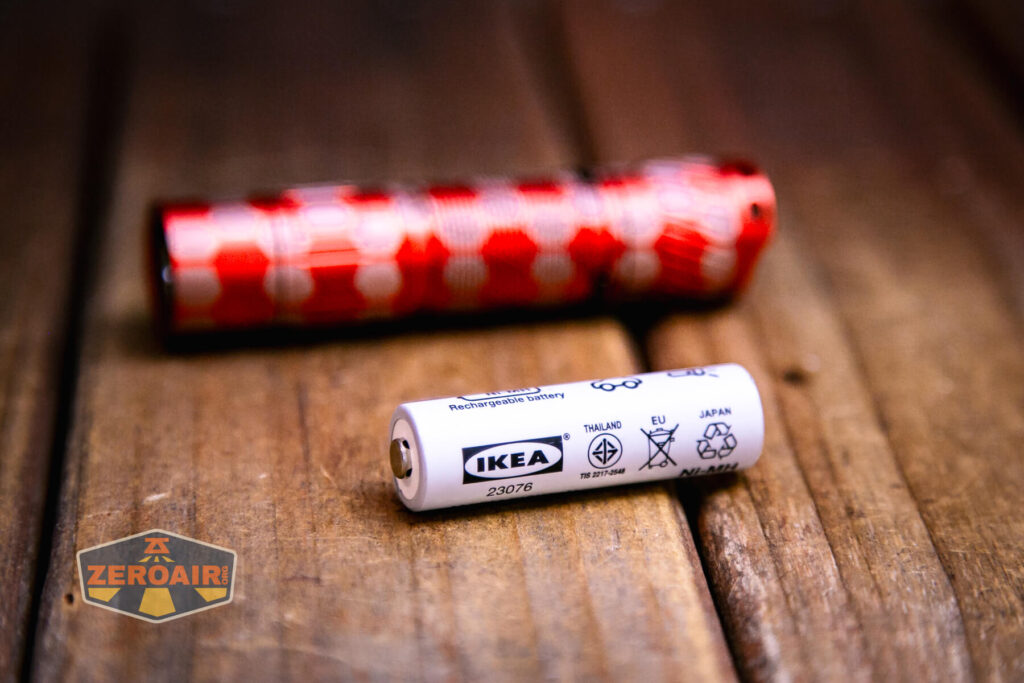
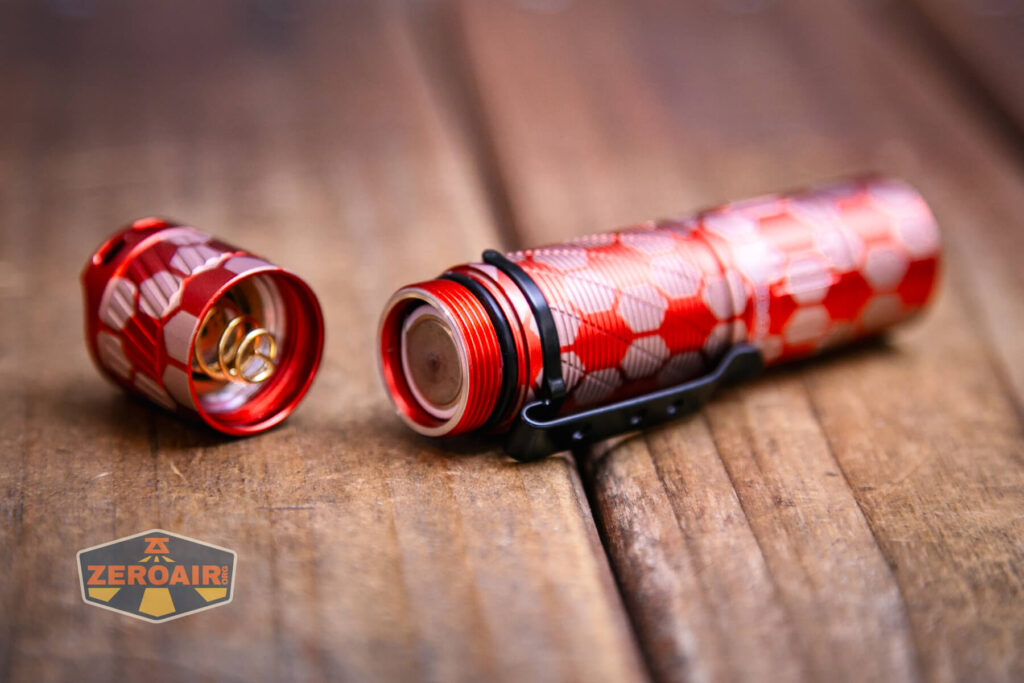



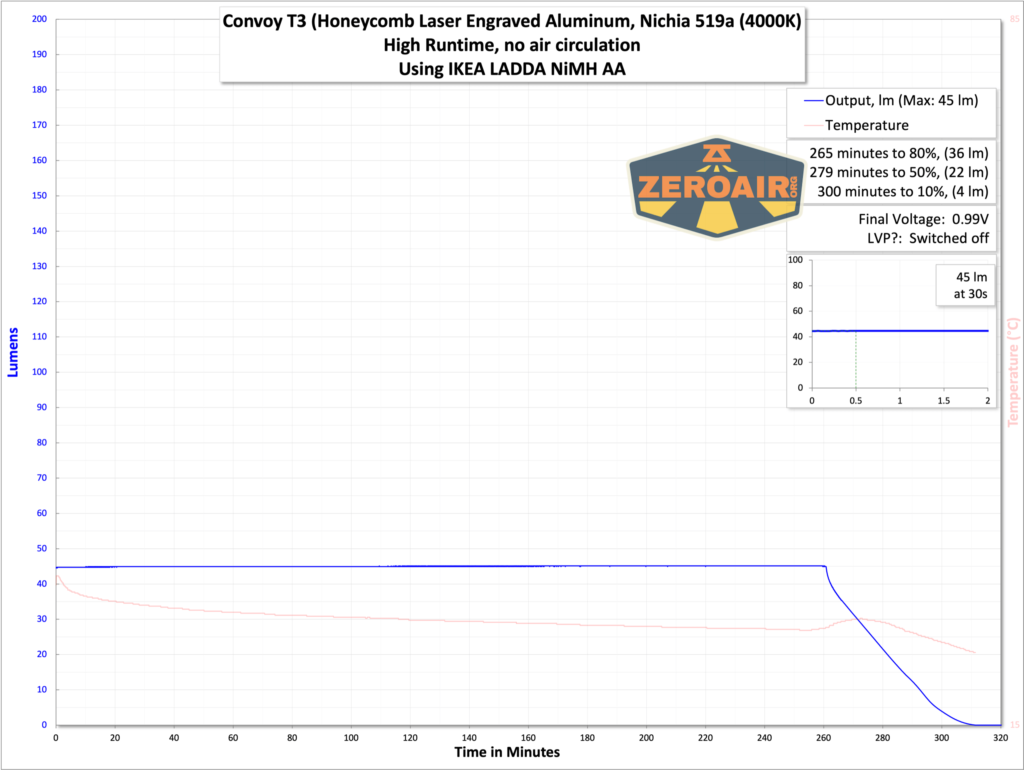


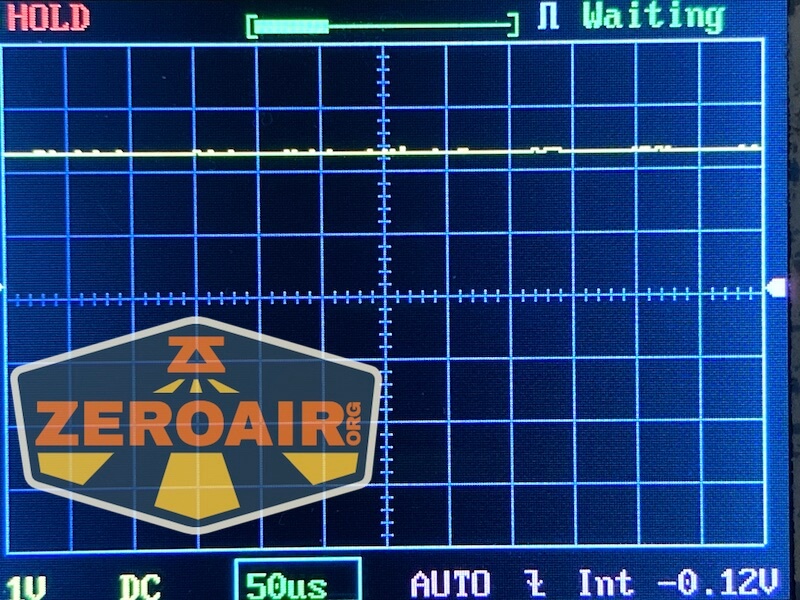
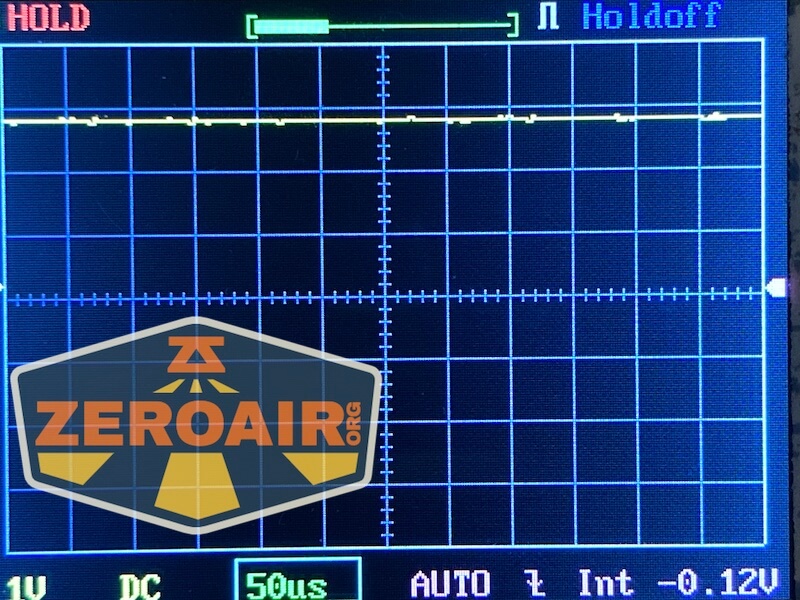


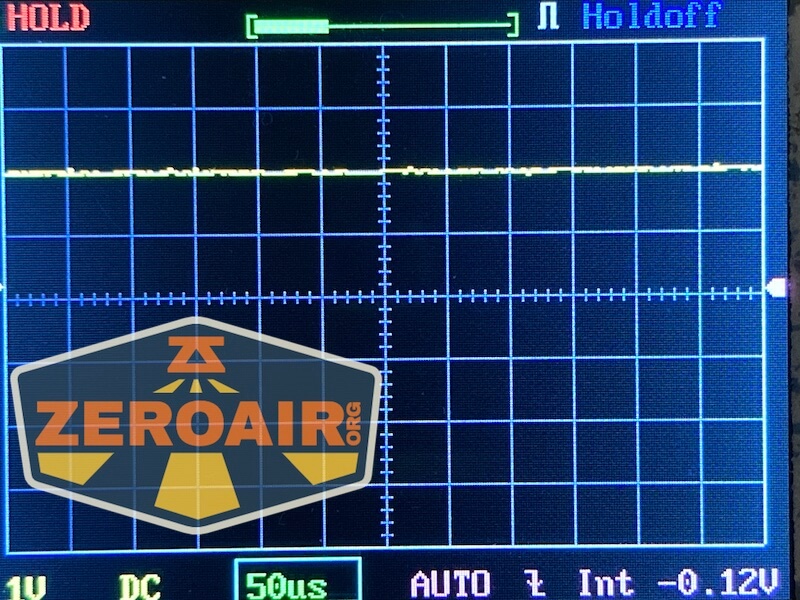
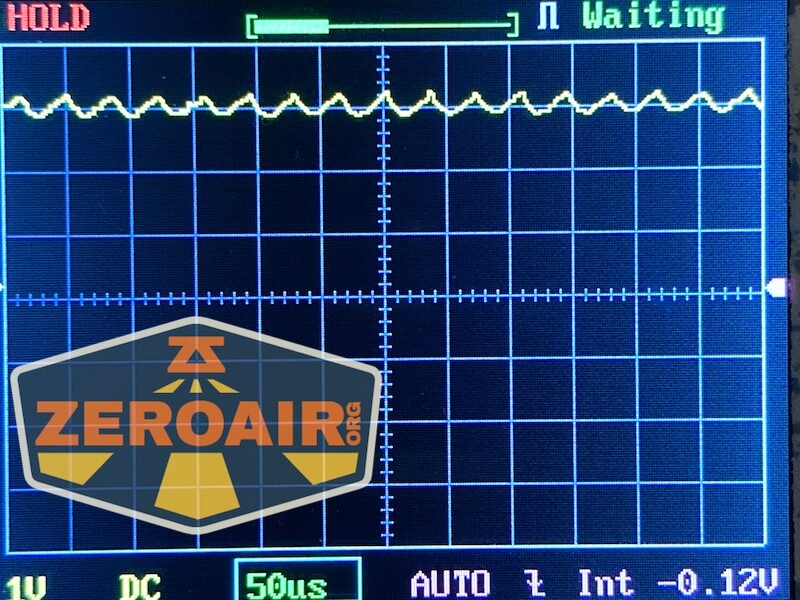


 And I always turn off memory if possible (and it’s possible here!). A while back, I made a pass at my own flow chart, which you can see below.
And I always turn off memory if possible (and it’s possible here!). A while back, I made a pass at my own flow chart, which you can see below.





